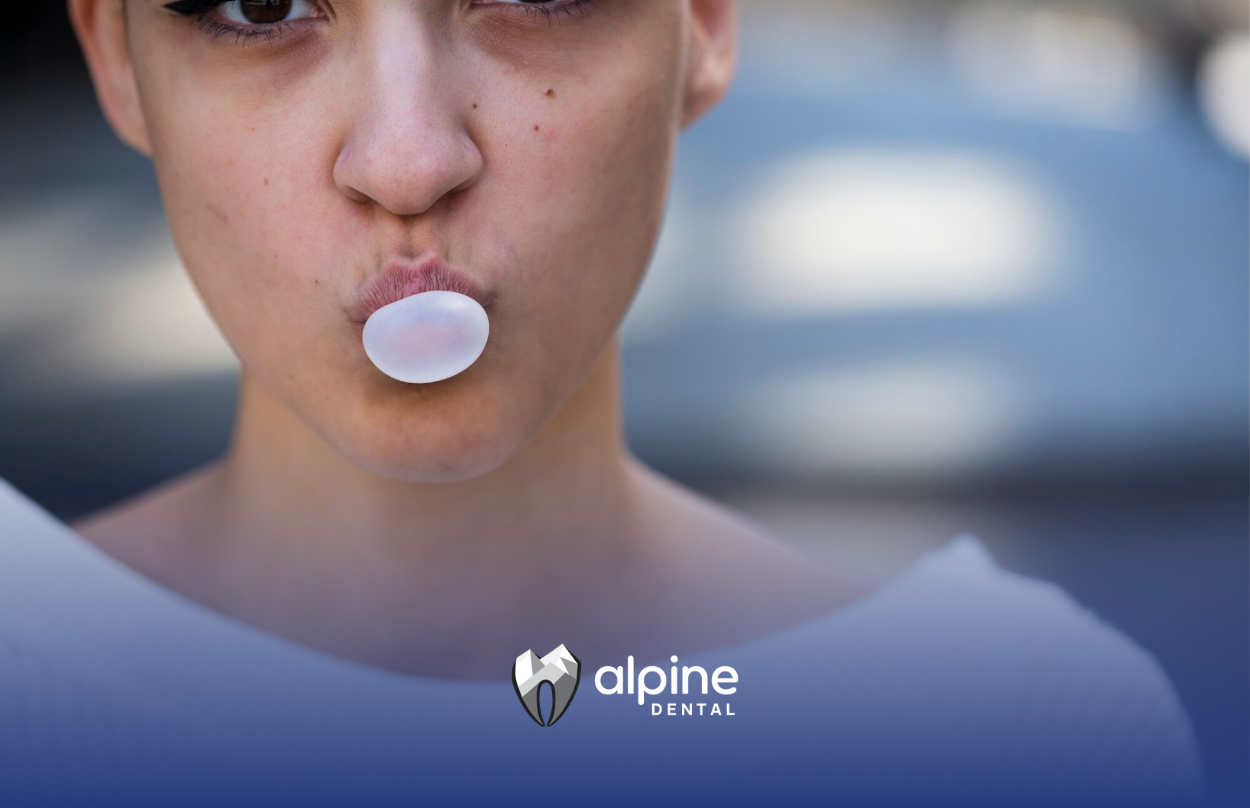How to Take Care of Your Toothbrush for a Healthy Smile
A toothbrush is a fundamental tool for maintaining oral health, but many people overlook the importance of keeping it clean and in good condition. A poorly maintained toothbrush can harbor bacteria, wear out quickly, and become ineffective in cleaning your teeth.
In this guide, we’ll explore the best practices for taking care of your toothbrush, ensuring you get the most out of your daily brushing routine.
Why Proper Toothbrush Care Matters
Your toothbrush plays a crucial role in preventing cavities, gum disease, and bad breath. However, if it’s not properly cleaned and stored, it can accumulate bacteria and lose its effectiveness. Proper care ensures:
- Better plaque removal
- Reduced risk of bacteria buildup
- Longer toothbrush lifespan
- Improved overall oral health
How to Take Care of Your Toothbrush
1. Rinse Your Toothbrush Thoroughly After Each Use
After brushing, thoroughly rinse your toothbrush with warm water to remove toothpaste residue, food particles, and bacteria. Holding it under running water while rubbing the bristles with your fingers helps eliminate debris.
- Pro Tip: Avoid using hot water, as it can damage the bristles over time.
2. Store Your Toothbrush Upright and in the Open
Proper storage prevents bacterial growth and keeps your toothbrush in good condition.
Best Storage Practices:
- Place your toothbrush in an upright position in a well-ventilated area.
- Avoid storing it in closed containers, which trap moisture and encourage bacteria.
- Keep it away from the toilet to prevent contamination from airborne particles.
3. Keep Your Toothbrush Away from Others
If multiple toothbrushes are stored together, ensure they don’t touch each other. Cross-contamination can spread bacteria and germs. Using separate holders or dividers helps maintain hygiene.
4. Replace Your Toothbrush Every 3-4 Months
Over time, toothbrush bristles wear out and lose their effectiveness. The American Dental Association (ADA) recommends replacing your toothbrush every three to four months or sooner if the bristles become frayed.
Signs It’s Time to Replace Your Toothbrush:
- Bent or splayed bristles
- Unpleasant odor
- Discoloration
- Reduced cleaning effectiveness
5. Avoid Sharing Toothbrushes
Sharing a toothbrush, even with family members, can transfer bacteria and increase the risk of infections. Everyone should have their own toothbrush for optimal hygiene.
6. Sanitize Your Toothbrush Weekly
Although rinsing after use removes some bacteria, additional cleaning helps keep your toothbrush free from germs.
Ways to Sanitize Your Toothbrush:
- Soak it in antibacterial mouthwash for 10-15 minutes.
- Dip it in hydrogen peroxide for a few minutes.
- Use a UV toothbrush sanitizer (available in stores).
Avoid boiling your toothbrush or putting it in the dishwasher, as extreme heat damages the bristles.
7. Travel with a Toothbrush Cover (But Use It Correctly)
When traveling, use a ventilated toothbrush cover to protect it from dirt and bacteria. However, don’t store a wet toothbrush in a cover for long periods, as moisture promotes bacterial growth.
- Travel Tip: Let your toothbrush dry before putting it in a case, or store it in an upright position once you reach your destination.
Common Mistakes to Avoid When Caring for Your Toothbrush
- Leaving it in a damp, closed container: This encourages bacteria growth.
- Using a toothbrush for too long: Replace it every 3-4 months for effective cleaning.
- Sharing a toothbrush: This spreads bacteria and potential infections.
- Not rinsing it properly after use: Leftover toothpaste and food particles promote bacteria buildup.
How to Choose the Right Toothbrush
Choosing a high-quality toothbrush enhances your brushing experience and improves oral hygiene.
- Manual vs. Electric: Both can be effective, but electric toothbrushes often provide better plaque removal.
- Bristle Type: Soft-bristled brushes are gentle on gums and effective at cleaning.
- Size: A toothbrush head should comfortably fit in your mouth, reaching all areas easily.
When to See a Dentist
Even with the best toothbrush care, regular dental check-ups are essential for maintaining oral health. If you experience persistent bad breath, gum bleeding, or plaque buildup despite brushing regularly, visit a dentist for professional cleaning and advice.
At Alpine Dental, we prioritize your oral health and offer expert guidance on maintaining proper hygiene. Schedule a consultation today to ensure your smile stays bright and healthy!
Frequently Asked Questions
Can I disinfect my toothbrush with boiling water?
No, boiling water can damage the bristles and reduce the effectiveness of your toothbrush. Instead, use mouthwash or hydrogen peroxide for disinfection.
How often should I replace my toothbrush?
Replace your toothbrush every 3-4 months or sooner if the bristles appear frayed or worn out.
Can I use a toothbrush cover for daily storage?
It’s not recommended, as covers trap moisture and encourage bacterial growth. Store your toothbrush in an upright position in an open area instead.
Sources:
- https://www.nia.nih.gov/health/teeth-and-mouth/taking-care-your-teeth-and-mouth
- https://www.healthline.com/health/dental-and-oral-health/how-to-clean-toothbrush
- https://pmc.ncbi.nlm.nih.gov/articles/PMC3270454/
- https://www.nature.com/articles/sj.bdj.2016.503
- https://www.ada.org/resources/ada-library/oral-health-topics/toothbrushes




